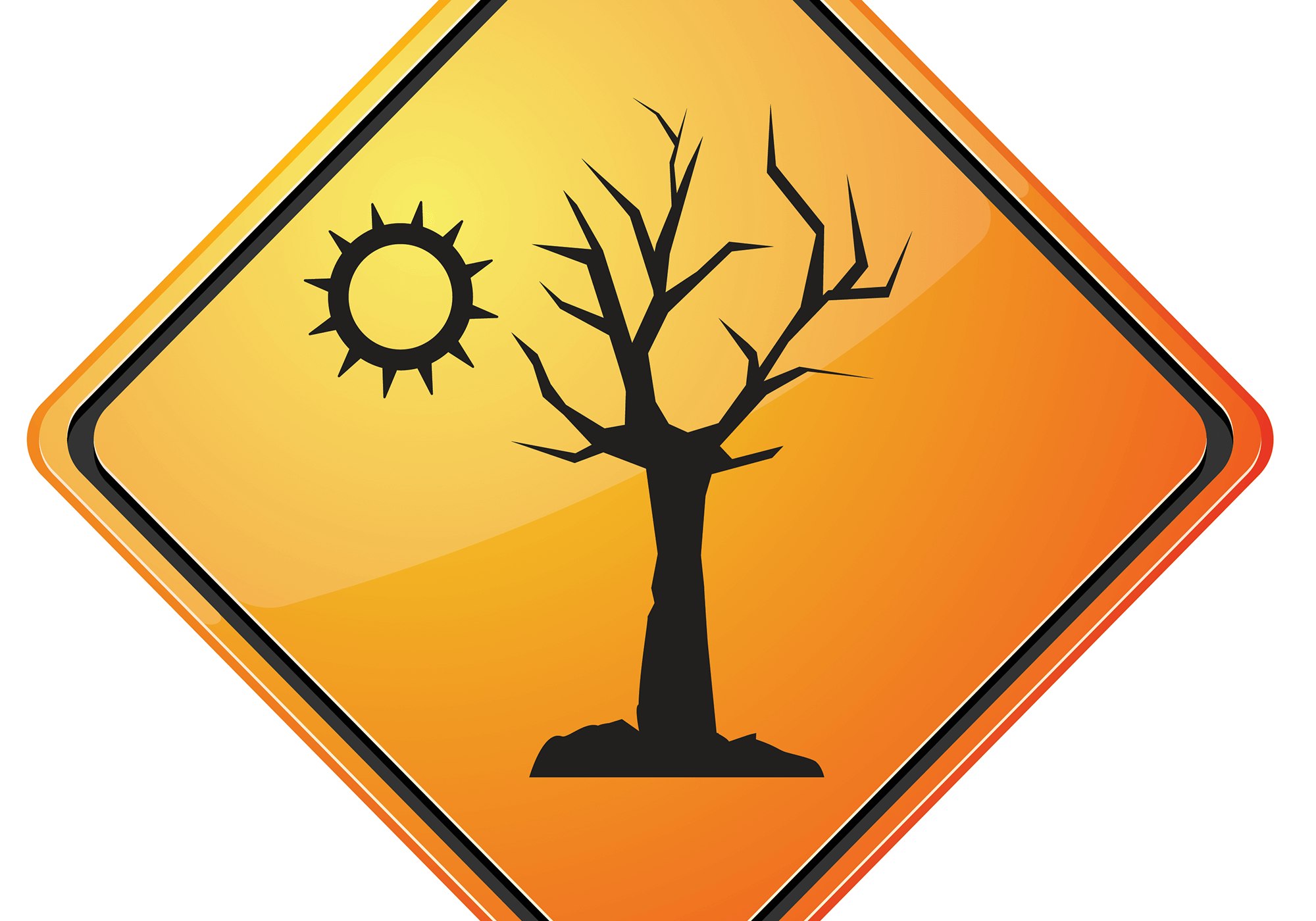Safety During Heatwaves

June 22, 2023 | Charmaine Skoubo
With climate change, heatwaves are rampant throughout the country.
It’s that time of year again. Popsicles, pool time, river trips, camping, vacations, and barbeques. Even in September, stretches of heat can still crop up as the last few weeks of summer wane. Did you know Colorado is one of the fastest-warming states in the nation? There has been a temperature increase of 2.9 degrees between 1970 and 2018 in Colorado. With these temperature changes, it’s more important now than ever to protect your district employees from heat related illnesses.
Your employees are a vital part of running a district. Not to mention, we all want to stay safe while at work. The U.S. Department of Labor’s Bureau of Labor Statistics (BLS) reports that between 2015 and 2019, environmental heat cases resulted in an average of 35 deaths per year and an average of 2,700 cases with days away from work. The total number of heat-related fatalities may be underreported and improperly diagnosed, often listing the death is a result of a heart attack.
What to Watch For
Heat illnesses can include heat rash, heat cramps, heat exhaustion, and heat strokes. The workers most at risk are construction workers, athletes, firefighters, farmers, utility workers, and maintenance workers. On top of that, many people fall into certain categories that make them more vulnerable including gender (males are more likely to experience heat related illness), age (4 or younger and 65 and older), and people with health issues like diabetes, Parkinson’s, kidney problems, and heart problems.
All of this being said, how does someone recognize if they or their fellow employee are experiencing a heat-related illness? Here are some signs:
- Heat rash: Red or itchy skin, tingling pain, and small bumps or blisters where your skin rubs together and is often sweaty. This commonly occurs in the creases of your elbows, neck, underneath your breasts, armpits, and upper chest.
- Heat Cramps: Body temperature remains normal. Muscle pain or spasms in the legs, arms, or abdomen. Cool and moist skin.
- Heat Exhaustion: Heavy sweating. Quick and shallow breathing. Heavy thirst. Headache and irritability. Moist, cool, and pale skin. Decrease in urination. Muscle cramps. Weak, quick pulse. Weakness. Dizziness and lack of coordination. Elevated body temperature. Nausea, vomiting, and diarrhea. Does not affect the mental status of someone. Needs to be checked by medical provider.
- Heat Stroke: A quick, strong pulse. Dizziness, faintness, loss of consciousness. Temperature of 105 degrees Fahrenheit or higher. Nausea. Seizures. Muscle twitching. Hyperventilation. Dry, red, hot skin. No sweating despite the heat and humidity. Slurred speech, confusion, agitation, hallucinations, and altered mental state. If experiencing these, the person needs to call 911 or go to an emergency room immediately.
Tips for Employees
Now that you know how to identify certain heat related illnesses, what can districts do to help employees prevent them from happening?
- With new employees that aren’t used to the heat, have them slowly increase their time working in the heat. This will help their body become acclimated to the conditions.
- Drink plenty of water. The body requires more water in hot conditions.
- Keep shaded from direct heat whenever possible. Take breaks from direct sunlight. Wear a hat.
- Wear light colored and loose clothing (unless working around equipment with moving parts).
- Have plenty of cooling fans and good ventilation, especially when wearing personal protective equipment.
- Avoid placing high risk employees in hot work environments for extended periods of time. Realize individual employees vary in their tolerance to heat.
- Reduce the use of equipment on hot days and increase on cooler days if possible.
- Use cool wet cloths to cool down.
- Know the signs and symptoms of heat related illnesses and train your employees on these as well.
Additional Resources
By law, employers are responsible for providing safe workplaces free from hazards, including extreme heat. Check out our list of additional preventative measures to prepare for this weather-event. Our Safety and Loss Prevention Grants are available to use on any safety upgrade or loss prevention purchase, which include any upgrades helping to reduce the risk of heat related illnesses. These will get your district a 50% reimbursement on your safety purchase. So, get out and enjoy the waning weeks of summer, but be safe and aware of the risks that your staff may face.

